
Walter Francis Dillingham called the Baron of Hawaii Industry, was an industrialist and businessman from Honolulu, Hawaii. He gained favors from Hawaii politicians to develop urban Honolulu.
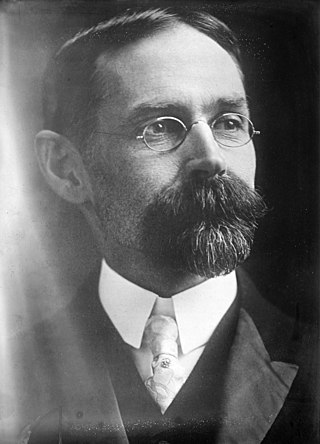
Walter Francis Frear was a lawyer and judge in the Kingdom of Hawaii and Republic of Hawaii, and the third Territorial Governor of Hawaii from 1907 to 1913.

Benjamin Franklin Dillingham was a businessman and industrialist during the late Kingdom of Hawaii era, throughout the period of the Republic of Hawaii, and during the first two decades of the Territory of Hawaii.

Richard Armstrong was a Presbyterian missionary from Pennsylvania who arrived in Hawaii in 1832. Along with his wife Clarissa, he served in mission fields of the Marquesas Islands and in the Kingdom of Hawaii. He established several churches and schools, and was Kahu (shepherd) of Kawaiahaʻo Church after the departure of Hiram Bingham I. Kamehameha III appointed him Minister of Public Instruction, and his accomplishments established an educational system that earned him the nickname "The father of American education in Hawaii".

Akaiko Akana (1884–1933), became the first Kahu (pastor) of Hawaiian ancestry at Kawaiahaʻo Church in 1918. He served in that capacity until his death in 1933.
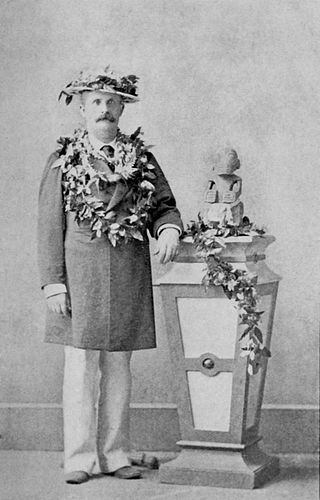
William Nevins Armstrong, aka Nevins Armstrong and aka W. N. Armstrong, was the Attorney General of Hawaii during the reign of King David Kalākaua. He is most widely known outside of Hawaii for the book Around the World with a King, his insider account of Kalākaua's 1881 world tour.

Joseph Oliver Carter, known professionally as Joseph O. Carter, also known as J. O. Carter and Joe Carter, was a legal advisor to Queen Liliʻuokalani, serving on her Privy Council of State.

Emilie Kekāuluohi Widemann Macfarlane was a Native Hawaiian activist and civic organizer during the late 19th and early 20th centuries She was known for her charitable work and civic involvement in Honolulu, including women's suffrage, public health, education, and the preservation of Hawaii's historical legacy.

Edgar Allen Poe Newcomb was an architect, also known as E. A. P. Newcomb and Edgar A. P. Newcomb. The majority of his accomplishments were in Boston and Honolulu. Newcomb was also a bass vocalist who composed dozens of songs and at least one opera.
The first lady or first gentleman of Hawaii is the spouse of the governor of Hawaii, an unpaid ceremonial position. Territorial spouses carved out their roles in varied ways, from traditional wives who raised the children and supported their husbands, to philanthropists and society hostesses. Perhaps the most personal insight into any of the spouses came from territorial governor Sanford B. Dole. Three years after the death of Anna Prentice Cate Dole, he published a small book, "for those who loved and still love Anna—my dear wife" detailing their courtship and marriage, her love of poetry, and the admiration the first governor of the Territory of Hawaii had for his wife.

Helen Strong Carter (1866–1945) was First Lady of the Territory of Hawaii from 1903 to 1907. Her philanthropic activities included the establishment of the Strong-Carter Dental Clinic at Palama Settlement in Hawaii, and the Strong Memorial Hospital in Rochester, New York.

The spouse of the mayor of Honolulu is an unpaid ceremonial position. Those who have filled the position have been a reflection of the history of the islands. Several were of Hawaiian ancestry. Emma Fern was a Hawaiian chanter and dancer. Kini Kapahu Wilson was not only a proponent of women's voting suffrage, but also found fame as a hula dancer who performed for heads of state around the world.
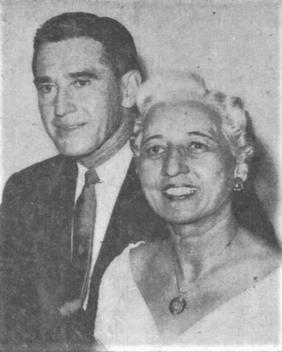
Lucy Puniwai Thurston Blaisdell was the First Lady of Honolulu 1955–1969. She was by profession a teacher, who had a 36-year career in both Hawaii and New York.

Mabel Isabel Wilcox was a pioneering nurse on the island of Kauai. She served with the Red Cross in Europe during World War I, and was decorated by Elisabeth of Bavaria, Queen of Belgium and by the Mayor of Le Havre. She was instrumental in instituting public nursing services on Kauai and in getting a hospital built on the island.

Ethel Moseley Damon was a teacher, writer and historian who served with the Red Cross in Europe during World War I, and was decorated by Elisabeth of Bavaria, Queen of Belgium and by the Mayor of Le Havre.

Henry Hodges Parker was the fourth Kahu (pastor) of Kawaiahaʻo Church in Honolulu. He served in that position 54 years, the longest of any Kahu in its history. Fluent in the Hawaiian language, he was a friend and pastor to Native Hawaiians, which included several decades of the Hawaiian monarchy.

Alice Lillian Rosehill Kahokuoluna was a Congregational minister of Native Hawaiian ancestry. In her time and place, she was the first woman ordained by the Hawaiian Evangelical Association, and the only woman Christian minister in the Territory of Hawaii. Her pastorate was primarily on the Islands of Maui and Molokai, where she helped restore the Siloama Church. Her childhood and young adult church life had been at Kawaiahaʻo Church in Honolulu, and the board of directors of that church later offered her the position of Kahu (pastor).

William Kamau was an American clergyman, and the second Kahu (shepherd) of Hawaiian ancestry at Kawaiahaʻo Church in Honolulu, Hawaii.
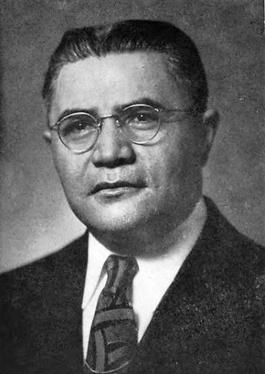
Edward Kahale was an American clergyman, and the third Kahu (pastor) of Hawaiian ancestry at Kawaiahaʻo Church, from January 1940 until the January 1957 installation of Abraham Akaka. He was an integral part of the University of Hawaii's early 20th century efforts to prevent the Hawaiian language from becoming a lost language.
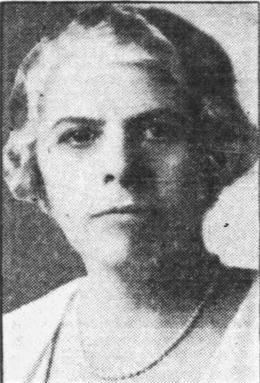
Elsie Hart Wilcox was the first woman to serve in the Senate of the Territory of Hawaii. Dedicated to public service, she rose up through the Mokihana Club on Kauai prior to the 19th Amendment to the U.S. Constitution giving women the legal right to vote in 1920. She was the descendant of missionaries who arrived in Hawaii during the 19th century, and was the sister of pioneer nurse Mabel Wilcox. Although born into an economically privileged family, she spent her adult life championing public school teachers, and volunteering in community services.




















